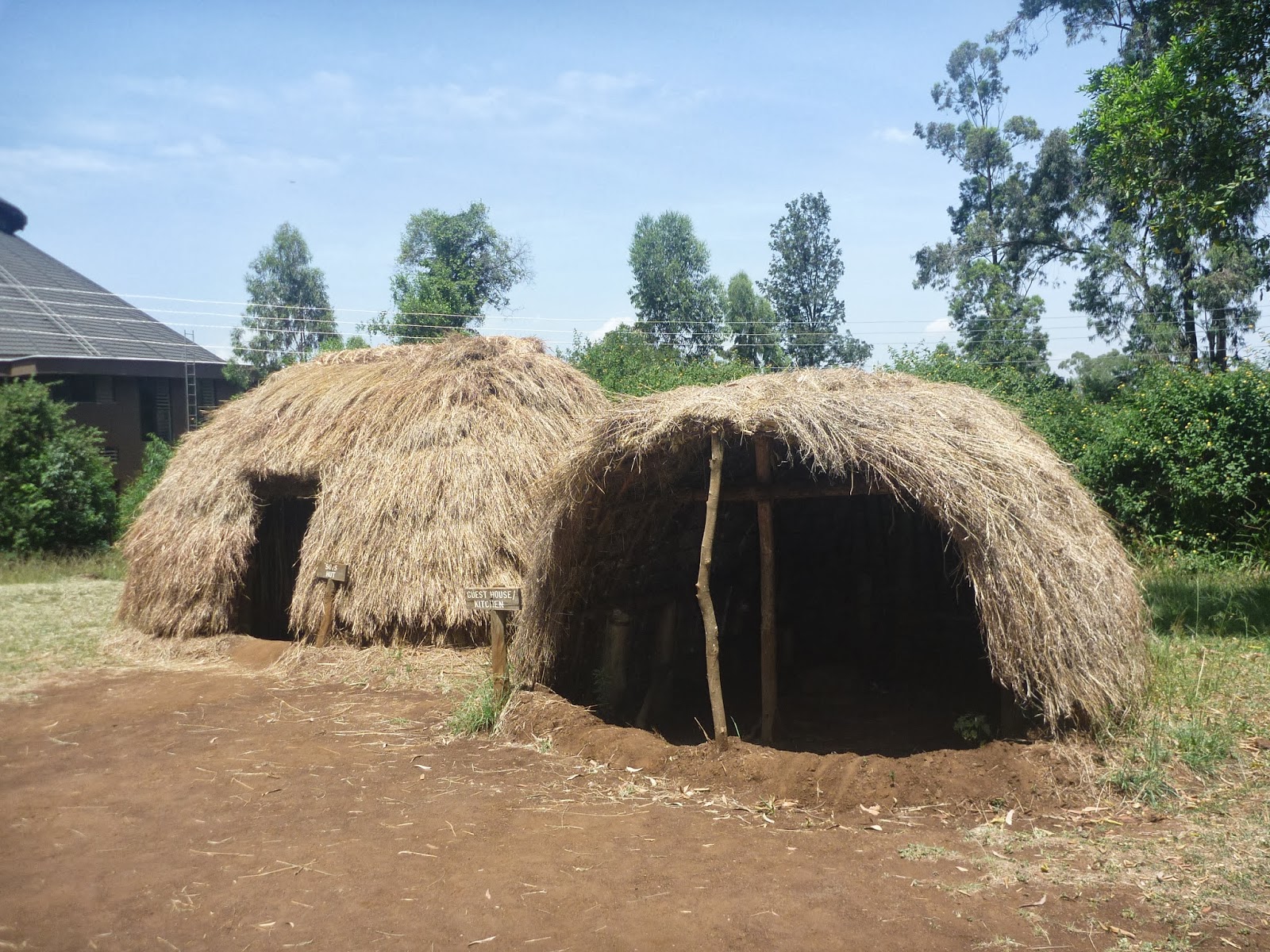Modern Kenya

Kenya was my travel hub while I was in East Africa. I entered the country by land and air and each experience consisted of tension and waiting. Entering Kenya on a bus from Tanzania required a visa which I purchased at the border after I turned in my exit documents on the Tanzanian side. Standing under the hot sun in a crowed line that forced its way through a narrow door of the small building took about an hour. The cost for a visa is $50 unless you are just passing through then it is only $20.
Within the last 10 years the number of automobiles have increased along with the wealth but the transportation infrastructure hasn't been able to keep up which is why there is so much traffic.
 |
| It can take an hour to travel 10-15miles during rush hour |
 |
| Where you buy your underwear |
In many developing countries vendors sell undergarments, shoes and other items on the street much cheaper than in the malls. The next time you visit DC or NYC you may be able to pick up some socks on the corner next to the DVDs.
On the weekends downtown there is a craft market where someone assigns themselves as your personal shopper to bargain for you. You can come away with handbags, paintings, masks, baskets or a number of other gifts. While enduring the scorching sun I was able to ditch the personal shopper and come away with my own treasures.
 |
| The guys provided awesome history with each mask |

Traditional Kenya
 Outside of Nairobi there are still a number of people who live in mud huts but slowly that is changing. In the past, families often lived on a small plot with about 5 huts. Men often had more than one wife usually averaging 3 according to my guide. The first wife had the biggest hut, the largest granary and selected the other wives for her husband. Once the boys reached a certain age they sleep in their own hut.
Outside of Nairobi there are still a number of people who live in mud huts but slowly that is changing. In the past, families often lived on a small plot with about 5 huts. Men often had more than one wife usually averaging 3 according to my guide. The first wife had the biggest hut, the largest granary and selected the other wives for her husband. Once the boys reached a certain age they sleep in their own hut. |
| The first wife's hut was really nice! |
 | |||||||
| The animals often shared the hut for warmth |
 |
| These are the bathrooms |
On the way back from the village we stopped at a shop that sold beautiful African wood carvings. Outside the large shop I chatted with the carvers that made many of the gifts. They mentioned that they were not able to make large pieces anymore because of the limited availability of wood.
Did you know: In Kenya the poor spend most of their income on Malaria prophylaxis?
Kenyans are required to learn Swahili and English in school. Some of the newscasts are in both languages which is really weird. The anchor speaks English while the person they are interviewing may speak Swahili. Women are also very successful in Kenya, many of them in the communications field hold anchor and TV host roles. The presence of westerners and international workers in Nairobi has created economic challenges for those native to the country because they have increased the cost of living. Not only does it impact their ability to afford the basics but it creates security disparities.
Departing Kenya
Flying in and out of the airport was an adventure. There were giraffes grazing on the other side of a fence that surrounds the airport.
The international terminal was housed in a converted parking deck after a fire last summer (before the mall incident)...I was given multiple versions of how it started. Security was tight at the entrance with dogs and car searches. On one trip through the airport the computers were down so they had to manually check us in and write out our boarding passes which took hours. It seemed as if they never used the jet bridges instead we boarded the planes from the tarmac.
If you fly into East Africa check into using Nairobi as your port, it is usually cheaper because it is one of the largest airports in that area.


No comments:
Post a Comment